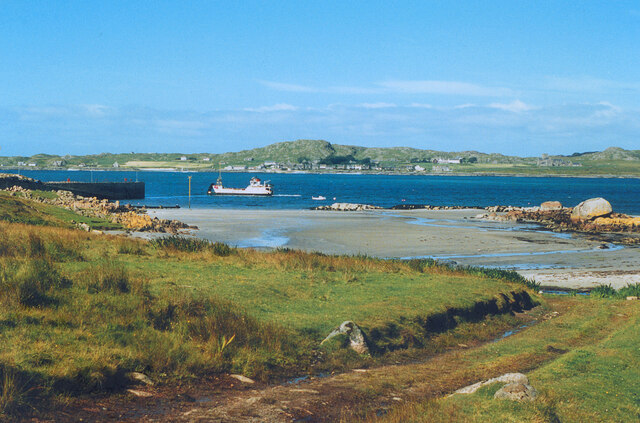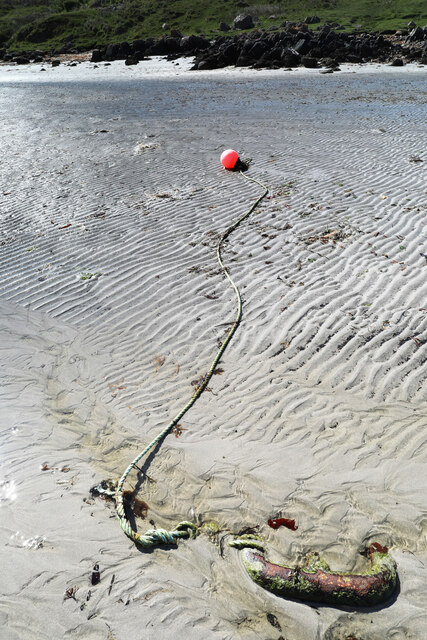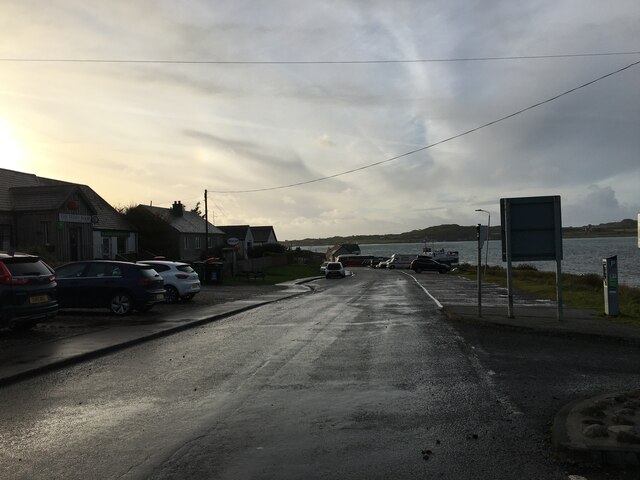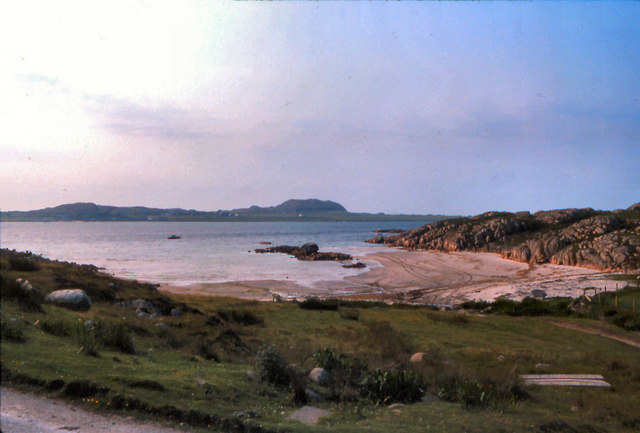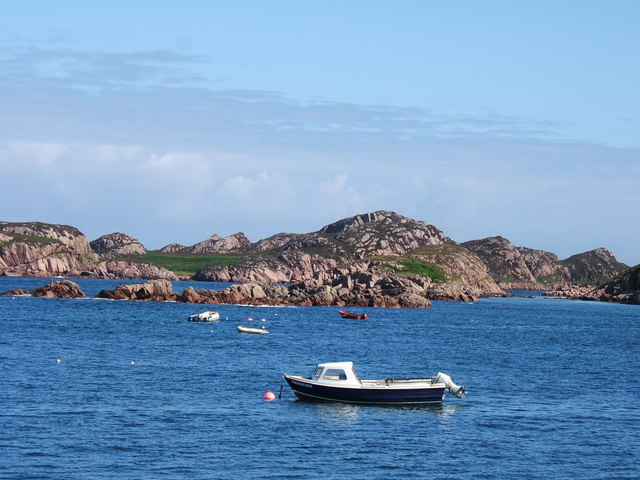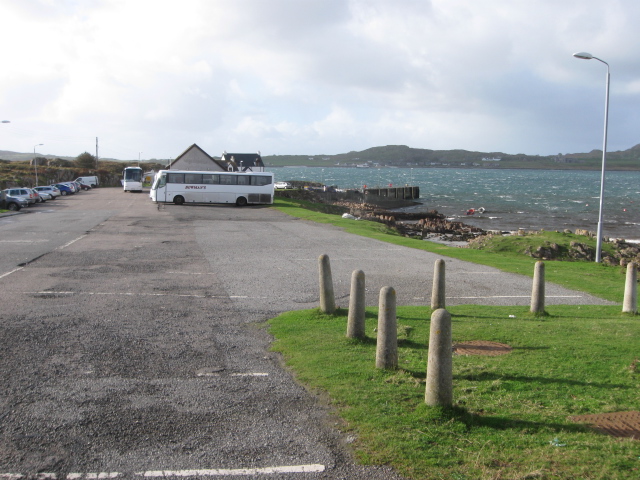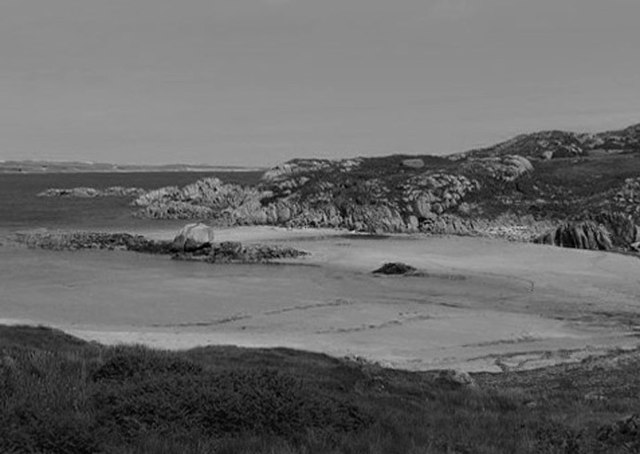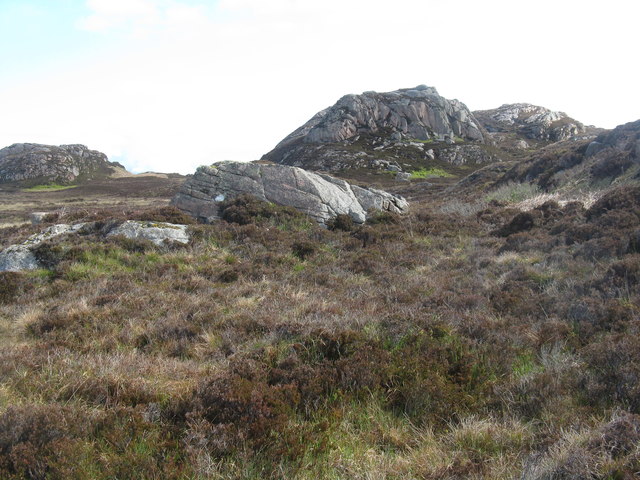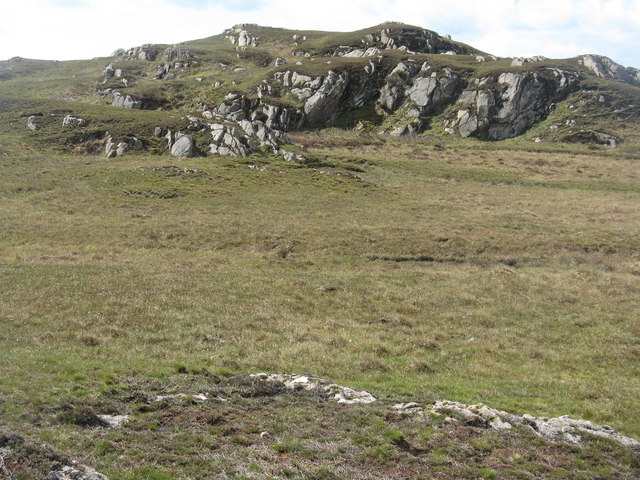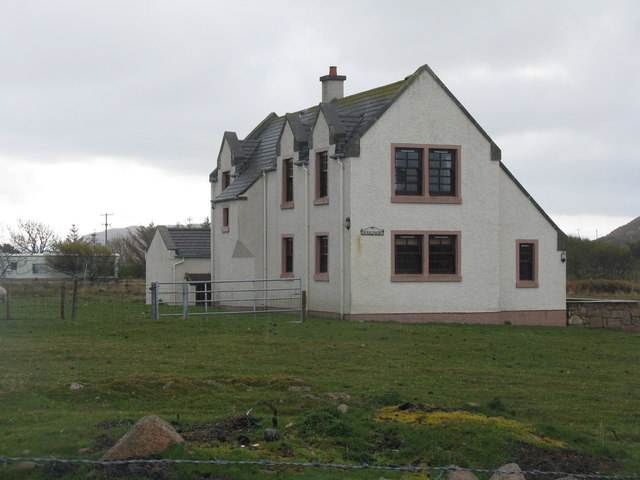Kintra
Settlement in Argyllshire
Scotland
Kintra
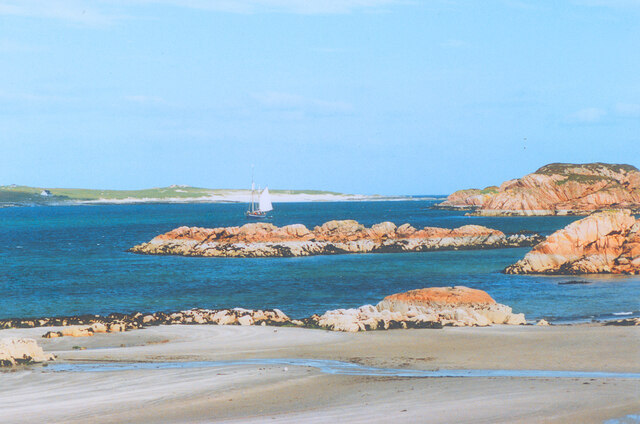
Kintra is a small village located in the Argyllshire region of Scotland. Situated on the western coast of the region, Kintra offers stunning views of the Atlantic Ocean and is surrounded by picturesque landscapes. With a population of around 100 residents, it is a close-knit community that thrives on its natural beauty and tranquility.
The village is known for its rugged coastline, sandy beaches, and rolling hills, making it a popular destination for nature lovers and outdoor enthusiasts. Visitors can explore the nearby Kintra Farm, which offers horseback riding and guided tours of the surrounding countryside. The area is also home to diverse wildlife, including seals, otters, and various species of birds.
Despite its remote location, Kintra is well-connected to nearby towns and cities. The village is approximately 10 miles from the town of Bowmore, where residents can access essential amenities such as shops, schools, and healthcare facilities. Additionally, the Isle of Islay Airport is just a short drive away, providing convenient access to the mainland and other destinations.
In terms of accommodation, Kintra offers a range of options for visitors. From cozy bed and breakfasts to self-catering cottages, there is something to suit every taste and budget. Local pubs and restaurants serve up delicious traditional Scottish cuisine, often featuring locally sourced seafood and whisky from nearby distilleries.
Overall, Kintra is a hidden gem in the Argyllshire region, offering a peaceful retreat for those seeking a break from the hustle and bustle of city life. Its natural beauty, friendly community, and rich wildlife make it a must-visit destination for nature enthusiasts and those looking to experience the true essence of rural Scotland.
If you have any feedback on the listing, please let us know in the comments section below.
Kintra Images
Images are sourced within 2km of 56.339896/-6.356299 or Grid Reference NM3024. Thanks to Geograph Open Source API. All images are credited.
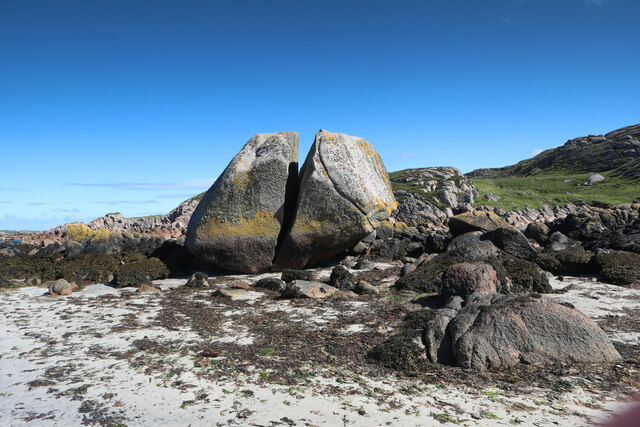
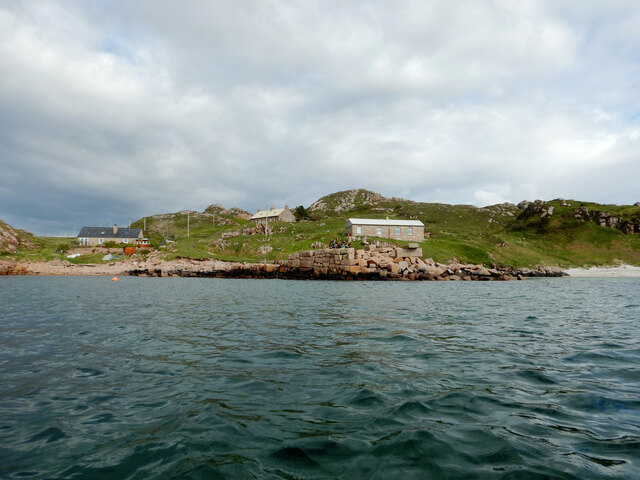
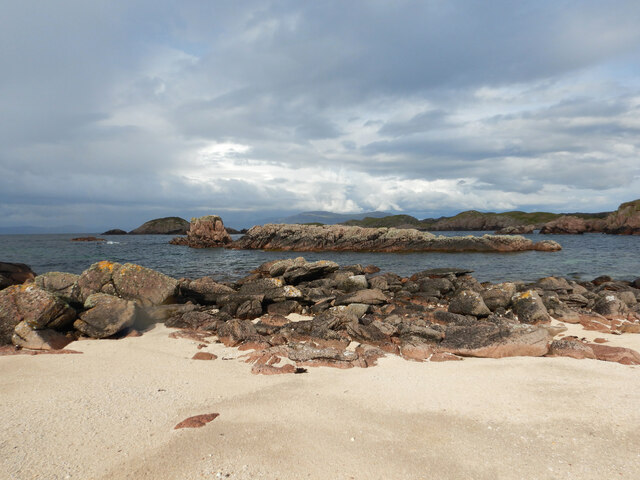
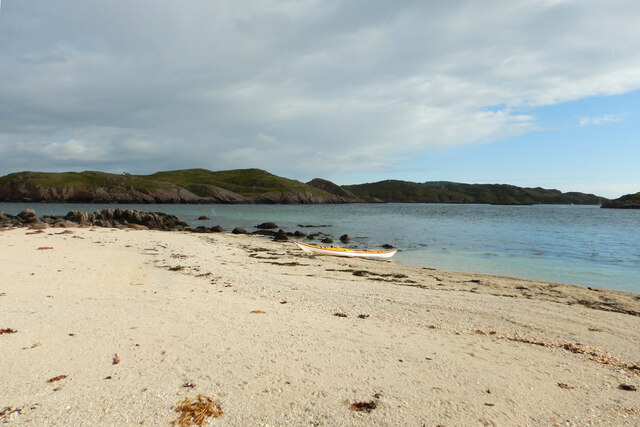
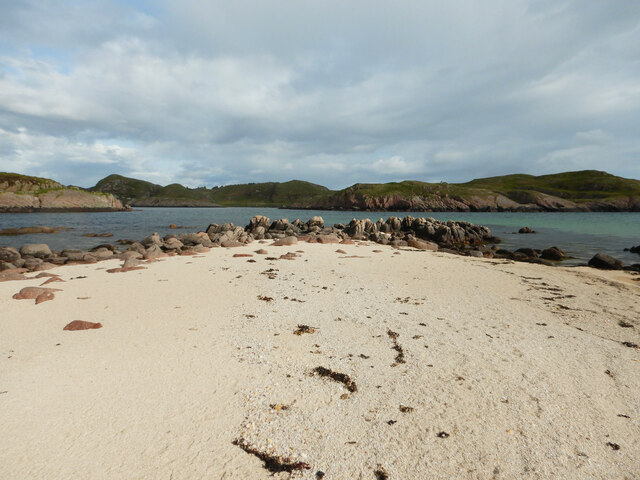
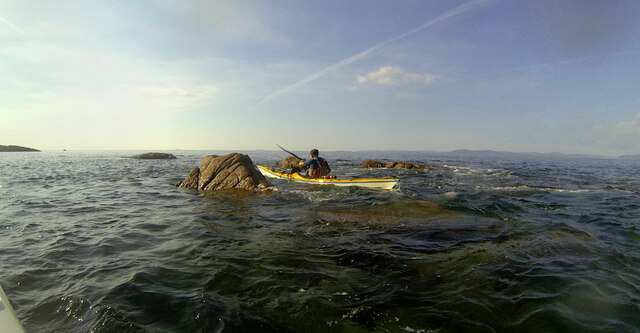
Kintra is located at Grid Ref: NM3024 (Lat: 56.339896, Lng: -6.356299)
Unitary Authority: Argyll and Bute
Police Authority: Argyll and West Dunbartonshire
What 3 Words
///retract.armrest.utter. Near Fionnphort, Argyll & Bute
Related Wikis
Kintra
Kintra (Scottish Gaelic: Ceann na Tràgha), literally "country" in Scots is a settlement on the North-Western coast of the Ross of Mull, Scotland. The settlement...
Fionnphort
Fionnphort (English: , Scottish Gaelic: [ˈfjun̪ˠafɔrˠt̪]) is the principal port of the Ross of Mull, and the second largest settlement in the area (its...
Aridhglas
Aridhglas is a village (or hamlet) on the Ross of Mull, Isle of Mull in Argyll and Bute, Scotland. Creich Hall (former primary school), Creich War memorial...
Bishop's House, Iona
Bishop's House is a retreat house for the Scottish Episcopal Church, located on the island of Iona, off the west coast of Scotland. == History == It was...
Nearby Amenities
Located within 500m of 56.339896,-6.356299Have you been to Kintra?
Leave your review of Kintra below (or comments, questions and feedback).
